Will Rainy Weather Delay the Construction of My Swimming Pool?
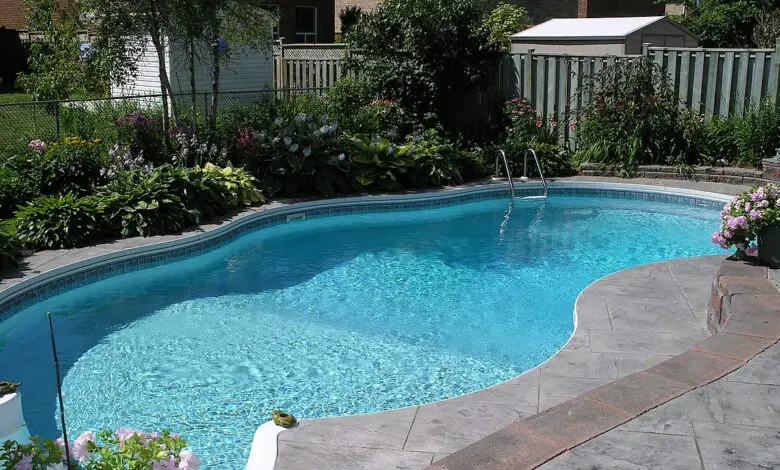
The weather is getting cooler and more relaxed, and it’s beginning to rain more often. If you’re planning on getting a fibreglass pool installed in your backyard, you might be wondering what the chances are that the rainy weather can come in the way? You don’t want to plan everything out, only to discover that rain ruined your dream pool project.
This is one of the reasons why most pool installations across Australian homes happen during the non-rainy months. After all, a fibreglass swimming pool is a great addition to any home, and building one can be a huge commitment. It is best to time it well.
Read on to know how the rainy weather can create hurdles for your fibreglass pool construction project.
Construction Sites Require Time to Dry
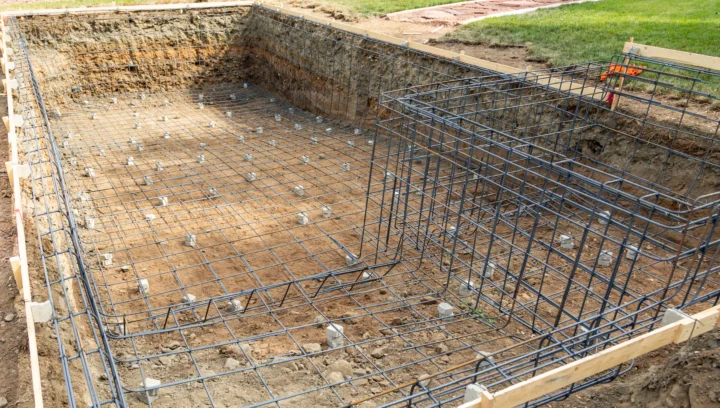
Typically, the process of pool construction can take anywhere between six and ten weeks, depending on several circumstances. The first step in the process is excavation which can lay the groundwork for the rest of the pool. This requires the construction site to be dry so the excavator or other heavy machinery can drive over the ground without getting mired in the mud. If it has rained the previous day or some days ago and the ground contains moisture, it may take several days for it to become completely dry.
As the ground, due to rainfall would be soft, it would become impossible for the pool designers to excavate the correct shape of your dream pool. The time it takes for your ground to become completely dry will depend on the conditions of your backyard. For instance, if there is a presence of more clay in the ground, it can take longer for the water to evaporate. But, if the ground has more sand, the residual water can dry more quickly in comparison.
Additionally, unite is a pivotal component of the pool construction process. It’s a highly pressurized mixture of cement, sand and water, which can take at least 28 days to dry properly. It is recommended to check the weather forecast before you start digging up a huge hole in your backyard.
Plumbing and Steel Reinforcement Becomes Impossible
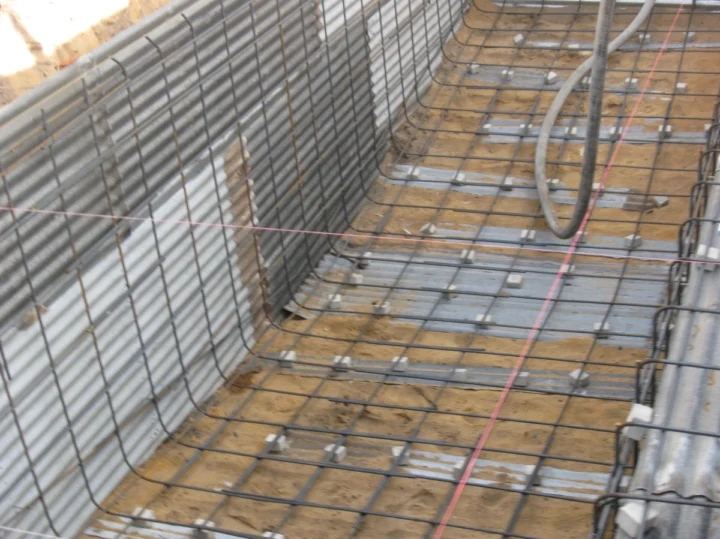
Once the construction site has been excavated, the next step in the process is placing steel reinforcements along the walls of your pool. If the rain has hit hard after the excavation, this turns your backyard into an open hole full of rainwater. If this happens, the pool workers will require heavy machinery to drain the water that has reached the deepest parts of the hole. This additional step can cause further delays to your fibreglass pool construction timeline. Despite the water draining efforts, you will still have to wait until the ground is completely devoid of any moisture. As long as the ground is moist and unstable, steel reinforcements can’t be placed.
This is equally true for plumbing. The pool workers dig out trenches to house the pipes for plumbing. If the shell is unstable, the pool walls can collapse and the workers may have to re-dig the trenches once the ground has dried.
Wind Can Cause Interference
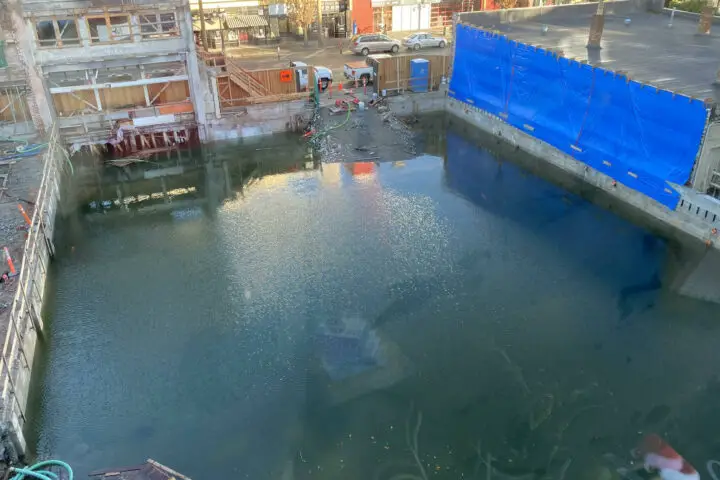
Where there are heavy downpours or torrential rains, there are usually high winds accompanying them. Strong winds can prove catastrophic to your pool construction project as they can blow debris onto the plaster surfaces of your pool. They can contribute majorly to sidelining the progress of the pool construction by making it difficult for the workers to apply the pool plaster finish. Not to mention, the pool’s interior finishing phase or patio decking can suffer terribly too, due to strong winds.
Apart from delays in the construction of your, heavy winds can also cause the plaster material pool to dry out quickly. As a result, you can expect ‘check cracks’ on your pool’s surface. These are a series of spider-like tiny flaws that can take away from the inviting appeal of your pool. In case you have a concrete decking in mind for your pool, you will still need it to cure properly. Strong winds can act as a big roadblock by making it hard for the concrete to set.
The Domino Effect
Most pool builders handle more than one pool construction project simultaneously at any given point in time. During rainy weather, there can be delays in all the projects. Even a modest downpour can bring the projects to a halt until the construction site is completely dry. This disruption can translate into increasing waiting times for your project to get completed. This domino effect is also known as “sunshine delay” in the swimming pool industry.
So, even if there is no rain in your area of residence, you may still be looking at delays due to lags in the construction schedules of your pool workers. They may have to compensate for the delays elsewhere by allocating their resources to an already-delayed project to save losing the customer.
Having said that, some delays are inevitable. Despite all the planning, Mother Nature can unexpectedly cause a disruption. We may be unable to control things then, but we can surely plan a construction activity during the months when non-stop rains are an exception, not the norm. This gives your pool builder plenty of time to plan and prepare well without having to repeat a process.
That’s A Wrap!
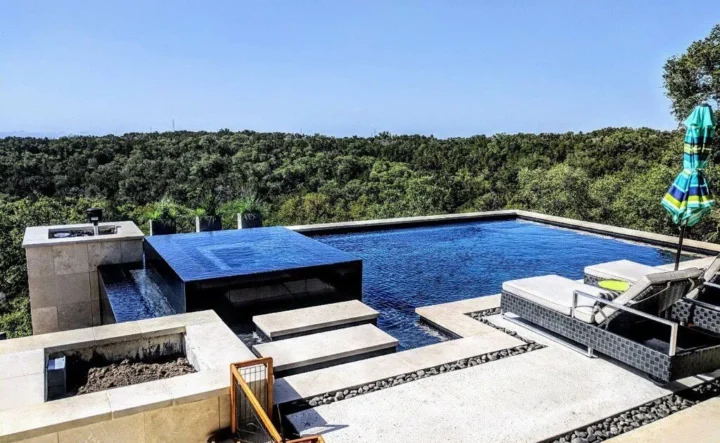
If you are looking for a fibreglass swimming pool installation specialist, then it is time to give us a call right away. Our team of professional pool designers can create the perfect swimming pool for you and your family. We know how to account for wet seasons to not lose crucial time without putting the construction project at risk. We can effectively complete certain phases of pool construction around the weather events, so when summer arrives, the pool is ready for you to dive into!
With years of experience under our belt and rich expertise gained over the years, we can make your backyard the most beautiful and relaxing place on the block. Get in touch with us today and visit the website to get started!

